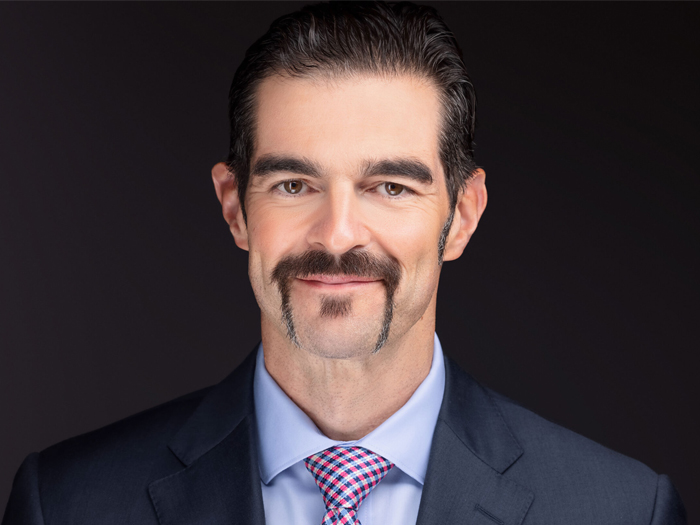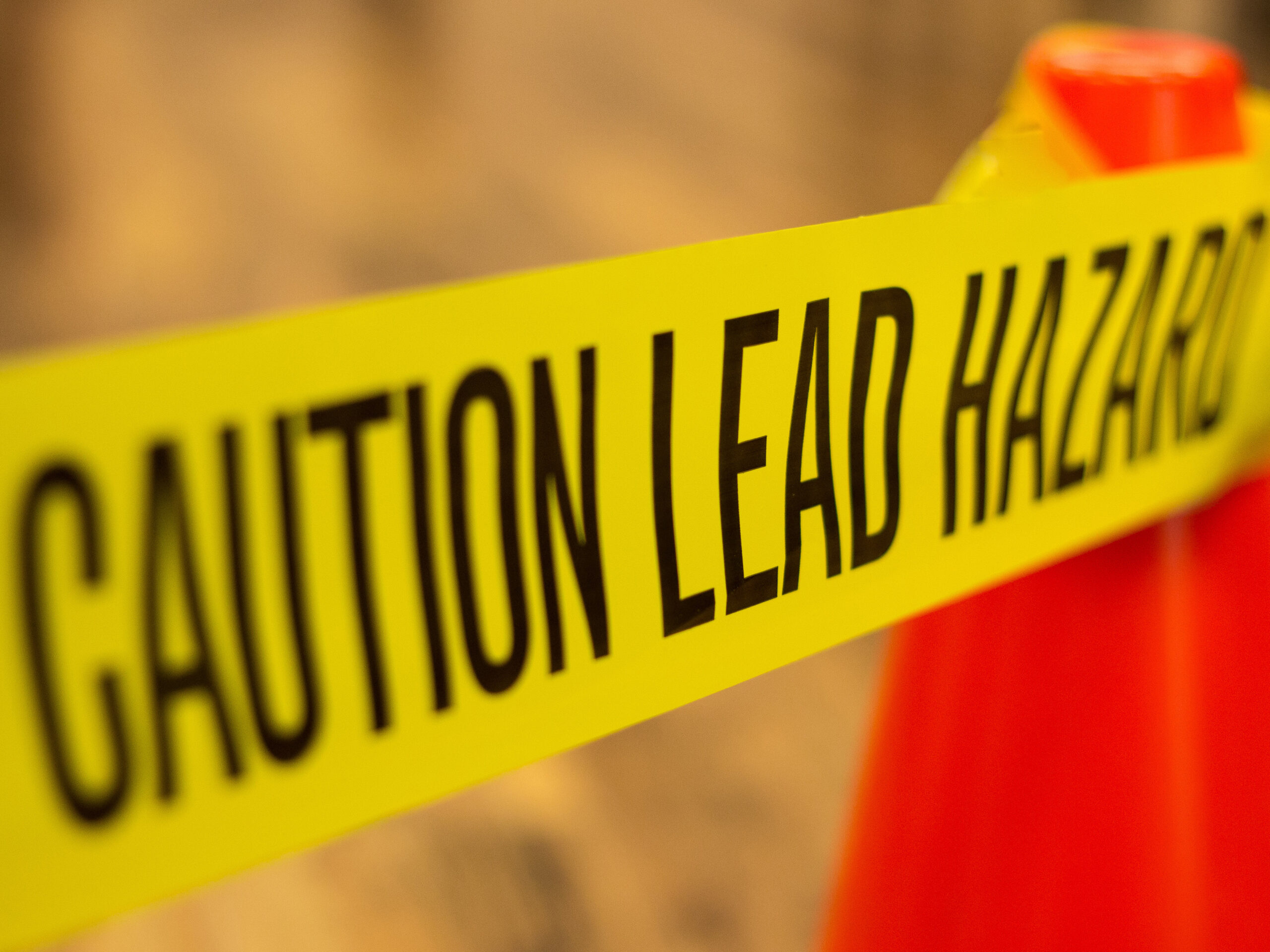4 Reasons Why Commercial Property Insurance Prices Keep Rising Despite Ample Capacity
It’s been almost two years since commercial property premiums began to increase, despite plenty of capacity in the marketplace, leaving many buyers asking, “How long is this hard market going to continue?”
The answer begins with understanding why this has become a ‘disciplined’ market.
While we’re now starting to see signs of true hard market conditions within certain markets and/or industry segments as capacity vacates certain classes of business, a hard market is usually triggered by a dislocating event: think 9/11 or Hurricane Katrina.
Multiple lines are impacted and capacity disappears overnight. The result is massive price swings, which are quickly moderated when capacity is replenished or replaced with new capacity.
But that is not the case today. There has been no massive dislocating event and the market has near-record levels of capacity.
Yet, prices are going up.
For example: Commercial property pricing in the United States has increased every month since October 2017.
According to the second quarter 2019 Marsh Global Insurance Market Index, commercial property rates in the U.S. increased nearly 10% in the second quarter, which is twice the level of recent quarters. Rates in the UK and Europe are continuing to rise, and Marsh notes that in the Pacific region commercial property rates jumped as much as 18% in the second quarter.
So, why are prices continuing to go up now? The answers are straightforward.
1) The commercial property insurance industry has been losing money.
There have been declining rates industry-wide for more than a decade while carriers have offered broader coverages.
At the same time the industry has been contending with increased risk as a result of global economic expansion. Manufacturers, for example, are churning at full throttle, which is leading to critical equipment being exposed to large losses as it’s run harder and longer.
Furthermore, business interruption claims can be exacerbated by the economic boom and inability to meet increased market demand.
In fact, the property and casualty industry has been above a 100 combined ratio in 6 of the last 9 years. Only 2013-2015 were profitable, explained by extremely low losses from natural disasters.
Yet, when big natural catastrophe losses resulted from events, including hail, hurricanes, flooding, wildfires, and monsoons, the industry again posted losses in 2017 and 2018.
2) Bonds markets have remained lackluster.
While investment yields in the stock market have been favorable during this time, the returns in the bond markets — which most insurers primarily rely upon for investment income — have remained lackluster.
The result is the industry hasn’t been able to use their investments to offset bad underwriting results. Carriers have had to adjust rates and coverages as needed to better ensure an underwriting profit.
3) Regulators are gaining more sway in underwriting behavior.
The role of regulators (particularly in Europe) is having an impact on underwriting behavior and discipline.
More than ever the insurance industry needs to be able to demonstrate sustainable business models and profitability across each line of business.
4) New U.S. tax laws have increased tax liability while driving down profitability.
Where previously carriers could write off 35% of a loss, today, it is only 21%, which ultimately means more selectivity when placing capacity.
It all adds up to a commercial property market that requires underwriting discipline and a continued correction over time. Capacity is readily available. And, in this market, those clients that understand and commit to property loss prevention and risk engineering will do better than those who don’t.
Remember, rates are increasing due to market characteristics that are significantly different from a typical hard market. The industry’s return to profitability will take time.
For the foreseeable future, expect that disciplined pricing will be the new normal. &










